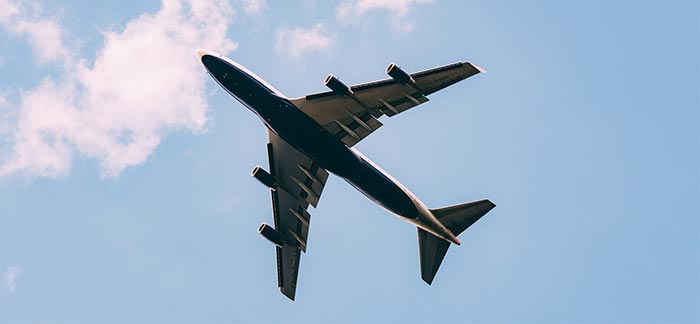I Fly a Plane – How Will This Affect Buying Life Insurance?

Life Insurance for Pilots
Whether you fly private single-engine planes or large commercial planes, you shouldn’t have too much of an issue getting coverage as long as other factors are positive such as your health and family history. The two different aviation types are viewed differently in the world of life insurance, however. Let’s take a look at them.
Life Insurance for a Private Pilot
When compared to commercial pilots, private pilots carry a slightly higher risk. Life insurance underwriters will want to know:
Type of aircraft flown
Purpose of flights
Number of flying hours per year
Type of license held
Pilot’s experience
Life insurance risk factors are determined by actuarial science. Research and statistics show that private pilots who fly more than 200 hours per year may present a significantly increased accident risk as a result of increased exposure, but pilots who fly less than 30 hours per year also present a significant risk due to their relative inexperience.
If a private pilot has additional adverse risk factors, such as an aviation violation or history of epilepsy, life insurance carriers may require the aforementioned aviation exclusion rider.
Life insurance underwriters will evaluate all aspects of an individual’s application and determine their risk class based on a number of factors. The risk class the applicant is assigned to will determine what his or her life insurance premium payments will be.
The best possible risk class is Preferred Plus (see table below). With pilots, it’s also possible that they would be assigned a flat extra. A flat extra is an extra payment life insurance carriers can add on top of premiums to cushion their risk. These flat extras can last the entire policy term or just a few years, depending on the situation.
Let’s take a look at an example.
John Doe is a healthy 35-year-old private pilot with no accidents or violations. He expects to fly an estimated 250 solo hours annually. He applies for a 20-year $500,000 term policy.
He is approved at Preferred but the life insurance company is requiring a flat extra of $2.50 per thousand for two years. Here’s what that means:
For the first two years of his policy’s life, he will be required to pay an extra $1,250 (2.50 x 500) each year. So, if the annual premium payment for his Preferred policy is $306, he pays a total of $1,556 for each of those two years (roughly about $130 per month).
Starting in the third year, John’s flat extra drops off and his annual premium payment decreases to $306 (about $26 per month).
Life Insurance for a Commercial Pilot
Pilots of civil air carriers of major airlines of the U.S. have the most favorable underwriting among pilots. The reason why is because even though these planes are more complex, these airlines have to follow the strictest set of rules governed by the Federal Aviation Administration. Pilots of such aircraft have a fatal accident rate that is 35 times more favorable than all types of pleasure flying combined.
Being approved for Preferred Plus as a commercial pilot is definitely not out of the question.
Applying for Life Insurance as a Pilot
No two life insurance companies underwrite exactly the same. While John Doe was offered Preferred with a flat extra for two years, another life insurance company may have wanted him to pay the flat extra for five years (a difference of $4,668).
Life insurance carriers are continually reviewing and updating their underwriting guidelines. Some carriers view certain factors more favorably than other carriers because of their own history of death claims in that area. Aviation is one of these niches.
A benefit to working with Quotacy is that we are an independent broker, which means we have contracts with multiple life insurance companies. We have the ability to shop around to these different carriers in order to get you the best possible outcome. If you’re a pilot and ready to get life insurance, start by getting a free term life insurance quote today.
Note: Life insurance quotes used in this article are accurate as of February 14, 2022. These are only estimates and your life insurance cost may be higher or lower.




